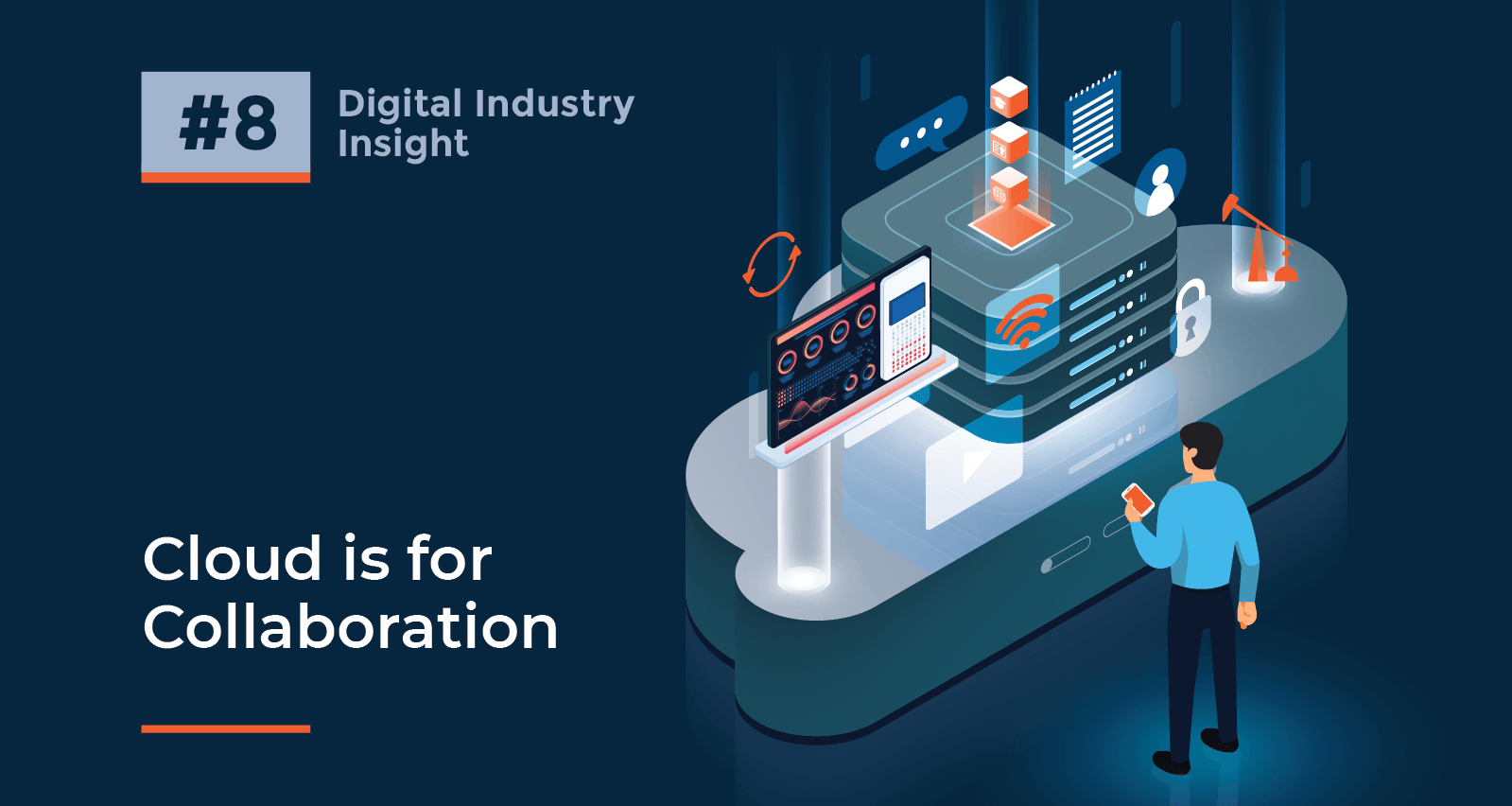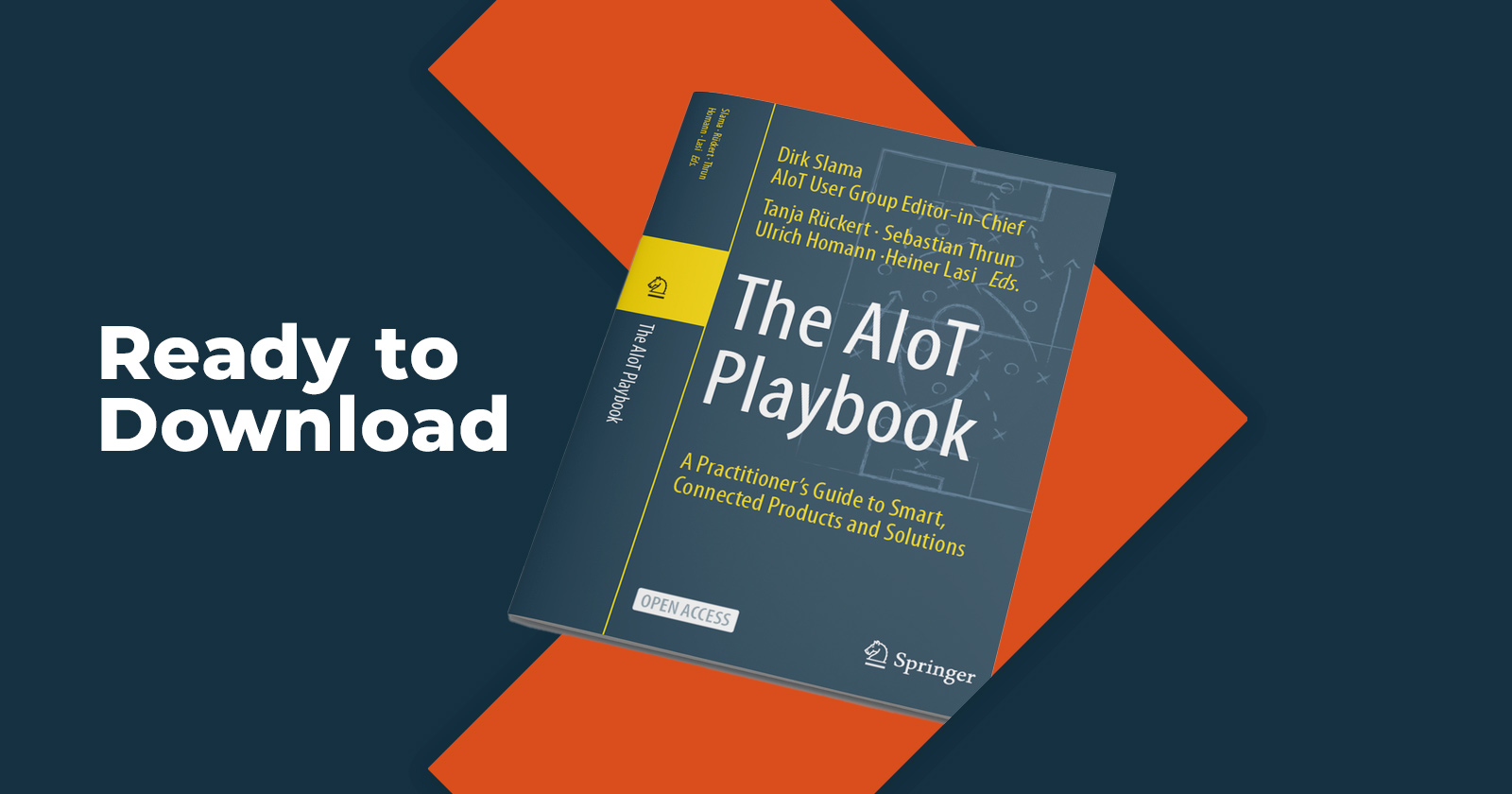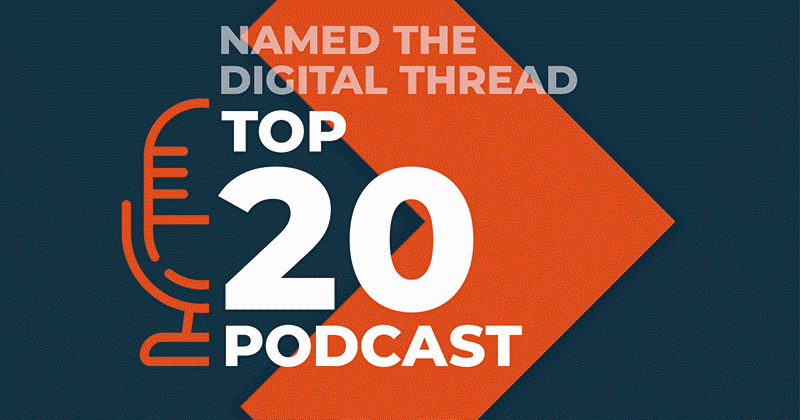Digital Industry Insight #8
Cloud is for Collaboration
Ken Forster

“I’ve looked at clouds from both sides now, from up and down, and still somehow… it’s cloud illusions I recall… I really don’t know clouds at all.” – Joni Mitchell, “Both Sides Now”
Cloud computing – like the clouds Joni Mitchell sang about – is seen differently depending on your perspective. For the average consumer, it’s the social media platform they frequent or the app they use to hail a ride. For the IT administrator, it’s a lower cost alternative to running their business applications on premise. For many business executives, it’s both a threat and an opportunity but they’re not quite sure where the threat will come from or what the opportunity will look like.
There is little debate that the great consumer technology behemoths – Amazon, Facebook, Google, and Netflix – have seen explosive growth in their businesses as a result of cloud computing. Indeed, their very existence is tied to cloud technology. Amazon’s own mastery of the use of cloud computing for its retail business became the foundation for one of its most profitable business lines – Amazon Web Services (AWS). In the industrial sector, cloud technology adoption has been much slower although it has picked up in recent years as the barriers to adoption have dropped.
For most enterprises the main perceived benefit of moving applications to the cloud is a reduction in the costs of supporting and maintaining on-premise applications and infrastructure. This is typically weighed against factors such as perceived loss of control and cybersecurity risks. Increasingly, there is a sense that, at least for enterprise resource planning (ERP) type of applications, the benefits exceed the potential costs. Cybersecurity concerns have largely been addressed by the resources the major cloud service providers such as Amazon, Microsoft, and Google bring to bear.
"Cloud computing is often far more secure than traditional computing, because companies like Google and Amazon can attract and retain cyber-security personnel of a higher quality than many governmental agencies." - Vivek Kundra, former federal CIO of the United States
Lost in the focus on moving ERP applications to the cloud is that for operational technology (OT) applications and data, the main benefit of moving to the cloud is more effective and efficient collaboration. This is true whether we are considering intra-organizational collaboration or inter-organizational collaboration. Most large global organizations have operations all over the world and maintain internal, siloed systems that limit data sharing. A joint ITIF-AEI report elaborated on how one large multinational used the cloud for better intra-organizational collaboration:
Johnson and Johnson (J&J) is using big data in the cloud to efficiently drive insights across the enterprise to better enable decision-making in business and operations. With 260 operating units across over 65 countries, J&J has data everywhere. As the company’s director of enterprise architecture notes, this means, “It’s very difficult for us to bring all the information together in order to make enterprise-wide decisions.” Accordingly, the company developed a hybrid-cloud architecture housing over 120 applications to explore its data on a near-real-time basis, at scale. This enabled J&J to identify patterns and relationships while garnering better insights from across the enterprise for everything from maintaining inventories to forecasting new revenue opportunities. “What the cloud has enabled us to do is make sense of that data,” J&J’s chief technology officer explained. “It’s giving us the scale we need to operate and the ability to scale up and scale out. These new clouds in combination with new technologies, such as machine learning, have allowed us to flatten out the time to insight. We’ve decreased provisioning times from three months to under an hour, which is game changing.”
For some industries, the value of moving OT data to the cloud lies in inter-organization collaboration. This is particularly true for machine builders and large original equipment manufacturers (OEMs). One of the most prominent examples comes from the aerospace industry, also referenced in the aforementioned ITIF-AEI report:
Boeing offers an information tool to commercial airlines called Airplane Health Management (AHM), which gathers in-flight airplane information and transmits it in real time to maintenance crews on the ground. A single Boeing 737 engine produces 20 terabytes of data every hour in flight. Therefore, an eight-hour flight from New York to London on an aircraft with two engines can generate 320 terabytes of data. Boeing uses this data to find and diagnose problems mid-flight. The airplane uses the MyBoeingFleet.com web portal to relay any problems it identifies to maintenance personnel waiting at the next airport. The service is part of a suite of intelligent services Boeing provides to enable digital airline operations, including connecting the airplanes, enhancing operational efficiency, providing fleet and maintenance solutions, optimizing aviation infrastructure, and empowering and enabling the workforce.
The cloud enables significant transformational capabilities that are often lost amidst media and consumer hype surrounding the technology. Industrial organizations themselves often hesitate to utilize the cloud for uses other than to reduce IT overhead – this is a mistake. The use of the cloud to share and collaborate around operational and machine data opens the door to new business models and opportunities (see The Industrial Ecosystem Imperative) and is the true foundation of digital transformation. The real value that stems from deploying intelligent assets is not simply accruing copious amounts of data, rather, it is liberating the data and collaborating (both internally and externally) around it. The cloud is the natural platform to enable seamless collaboration and any organization that neglects this aspect of the technology does so to its detriment.

Momenta Partners encompasses leading Strategic Advisory, Talent, and Venture practices. We’re the guiding hand behind leading industrials’ IoT strategies, over 200 IoT leadership placements, and 25+ young IoT disruptors. Schedule a free consultation to learn more about our Connected Industry practice.



